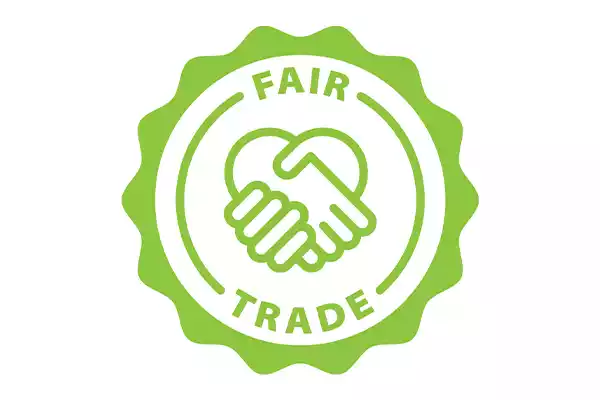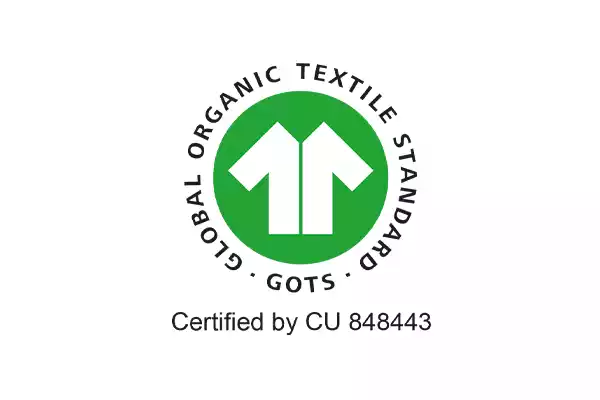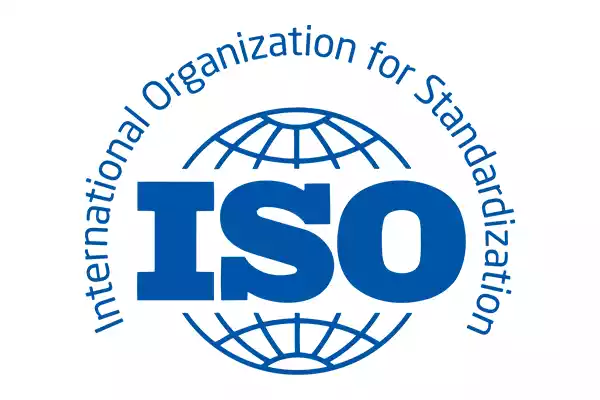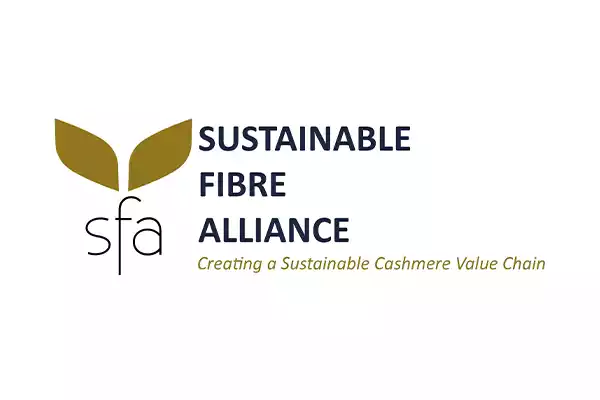Choosing the right fabric for crafting an item is a crucial decision, given the diverse qualities fabrics can possess. Whether it's natural or synthetic fibers, knit or woven, let's delve into various fabric types and methods to distinguish them.
25 Different Types of Fabric
Canvas: This plain-weave fabric is typically crafted from heavy cotton or, to a lesser extent, linen yarn. Renowned for its durability and sturdiness, canvas is often used for heavy-duty applications. Blending cotton with synthetic fibers can impart water resistance or waterproof qualities, making it an excellent choice for outdoor fabrics.
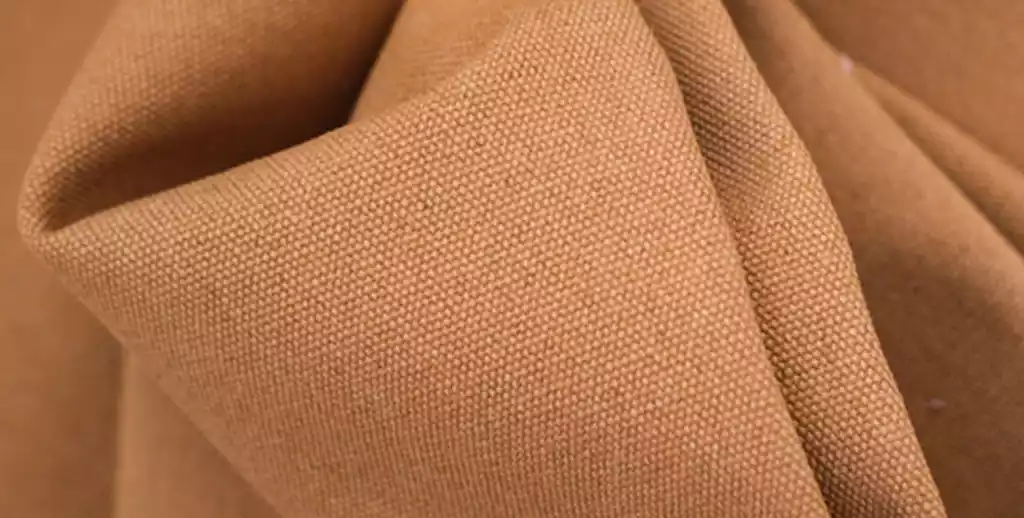
Cashmere: Originating from the wool of cashmere and pashmina goats, cashmere is a natural fiber prized for its exceptional softness and insulation. The fine and delicate fibers provide a silk-like feel, and when blended with other wools, such as merino, it gains added weight due to the thin nature of cashmere fibers.

Chiffon: A lightweight, plain-woven fabric with a subtle shine, chiffon features small puckers that create a slightly rough texture. Woven from synthetic or natural textiles like silk, nylon, rayon, or polyester, chiffon is sheer and often used for elegant clothing or drapery.
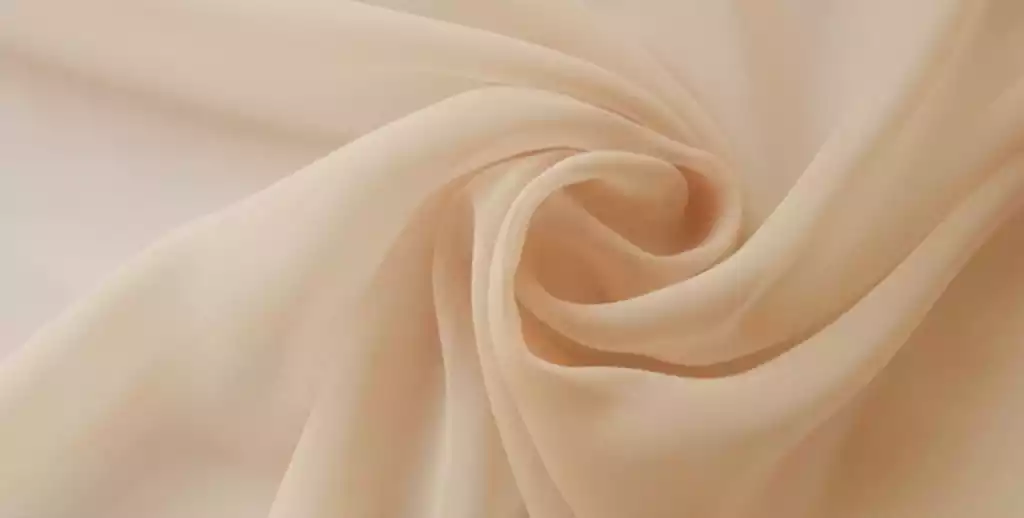
Cotton: Derived from the natural fibers of cotton plants, cotton is a staple fiber with a soft and fluffy texture. Spun into yarn and woven, it creates a soft, durable fabric used for everyday garments like t-shirts and home items like bed sheets.
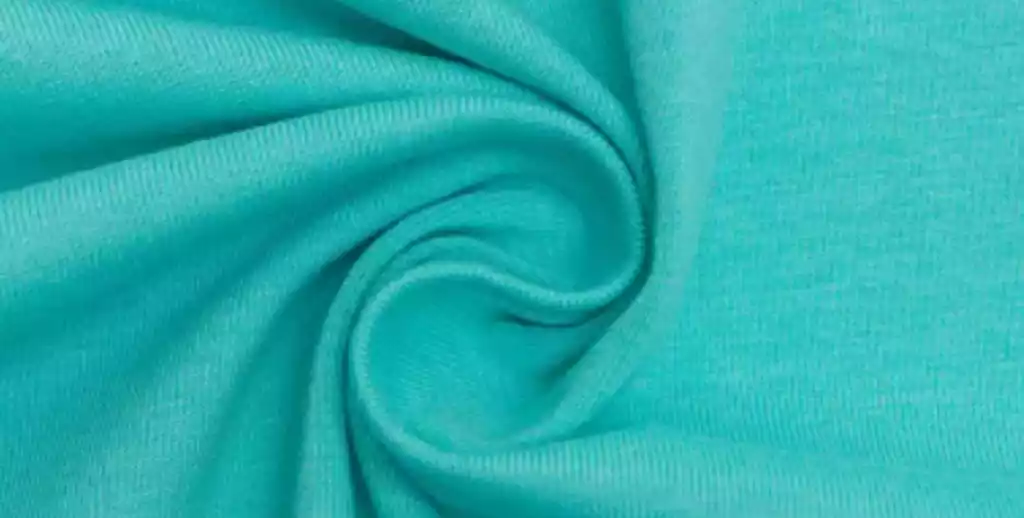
Crêpe: Characterized by its distinctive wrinkled and bumpy appearance, crêpe is a silk, wool, or synthetic fabric usually of light-to-medium weight. It finds application in various clothing items and home decor, including dresses, suits, blouses, curtains, and pillows.

Damask: A reversible, jacquard-patterned fabric, damask features a woven design using satin weave for the pattern and plain, twill, or sateen weave for the background. It can be crafted from silk, linen, cotton, wool, or synthetic fibers like rayon.
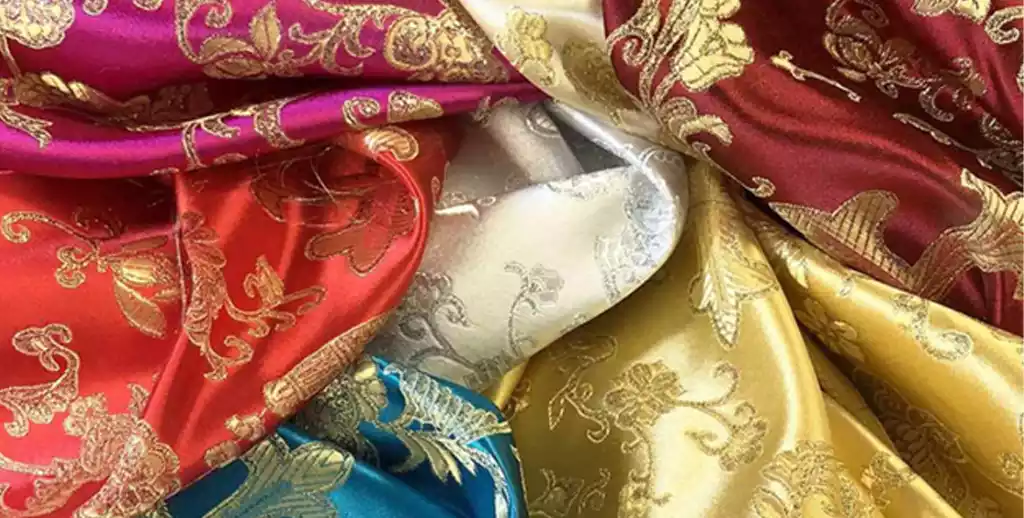
Georgette: Typically made from silk or synthetic fibers like rayon, georgette is a crêpe fabric with a slightly crinkled surface. Sheer and lightweight, georgette is often used for dresses and blouses, with a dull, matte finish setting it apart from silk chiffon.

Gingham: A plain-weave cotton or cotton-blend fabric, gingham features a checked pattern created by dyed yarn. Reversible and available in various color combinations, it is commonly used for shirts, dresses, and tablecloths.

Jersey: A soft and stretchy knit fabric, jersey was originally made from wool but is now produced from cotton, blends, and synthetic fibers. Used in clothing and household items, it has a smooth right side with a slight single rib knit and looped backside.

Lace: Delicate and decorative, lace is crafted from yarn or thread, featuring open-weave designs. Originally made from silk and linen, modern lace may use cotton or synthetic fibers, adding luxury and embellishment to clothing and home decor items.
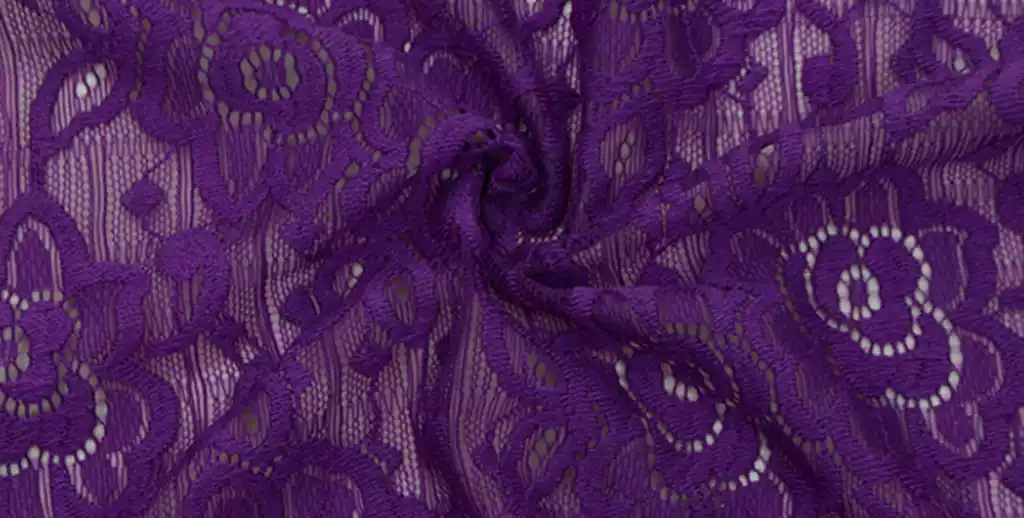
Leather: Fabricated from animal hides or skins, leather varies in appearance based on the type of animal, grade, and treatment. While cowhide is common, leather can be sourced from various animals, offering durability and diverse aesthetics.
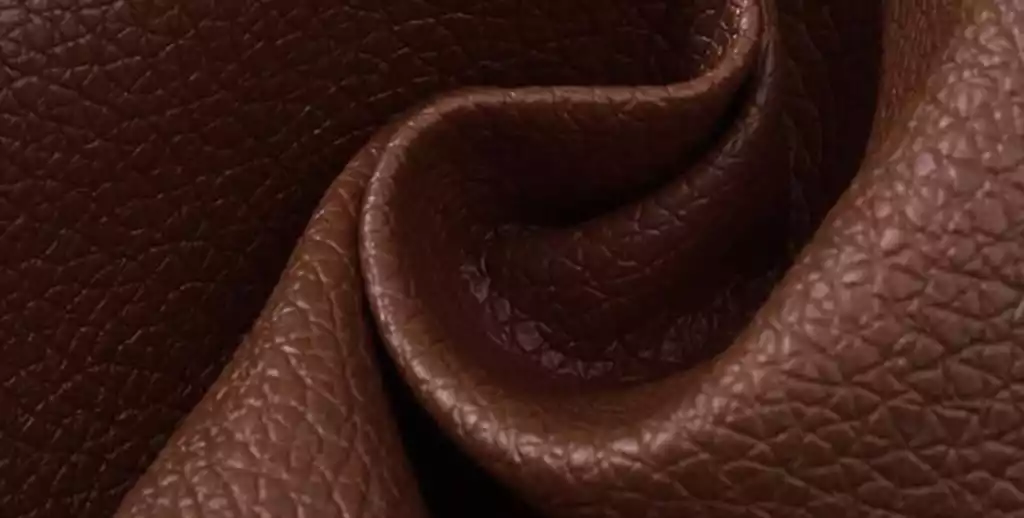
Linen: Derived from the flax plant, linen is a strong, lightweight fabric commonly used for towels, tablecloths, and bedsheets. Its absorbent and breathable nature makes it ideal for summer clothing and jacket linings.
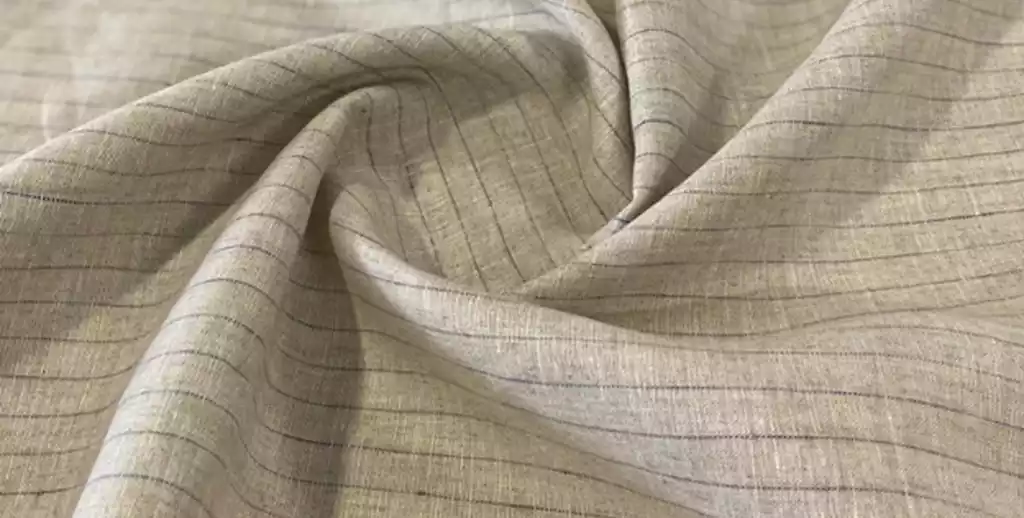
Merino Wool: Gathered from Merino sheep, merino wool is soft and non-itchy due to its fine fibers. Renowned for its warmth and lightweight feel, it is commonly used in socks and outdoor clothing.

Modal: A semi-synthetic fabric made from beech tree pulp, modal is used in clothing and household items. More durable than rayon, it is often blended with cotton and spandex for added strength.
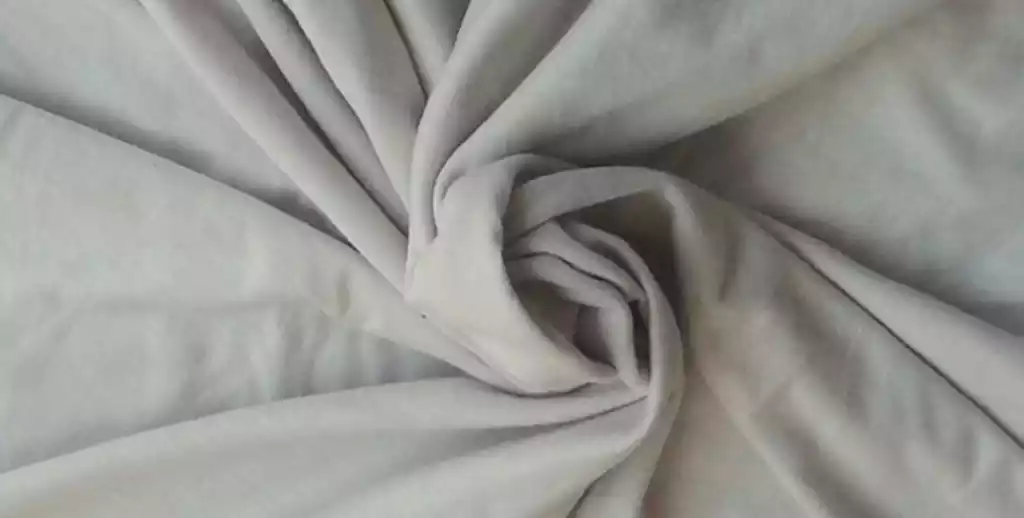
Muslin: A loosely-woven cotton fabric, muslin is used for fashion prototypes due to its lightweight and gauzy texture. Ideal for testing patterns, it mimics drape well and is easy to sew.

Organza: A sheer, plain-woven fabric with a shimmery appearance, organza is originally made from silk but can also be crafted from synthetic fibers. Popular for wedding gowns and evening wear, its quality is determined by the number of holes per inch.

Polyester: A synthetic fiber created from petrochemicals; polyester is known for its durability but lacks breathability. Often blended with other fabrics, it adds strength while maintaining breathability.
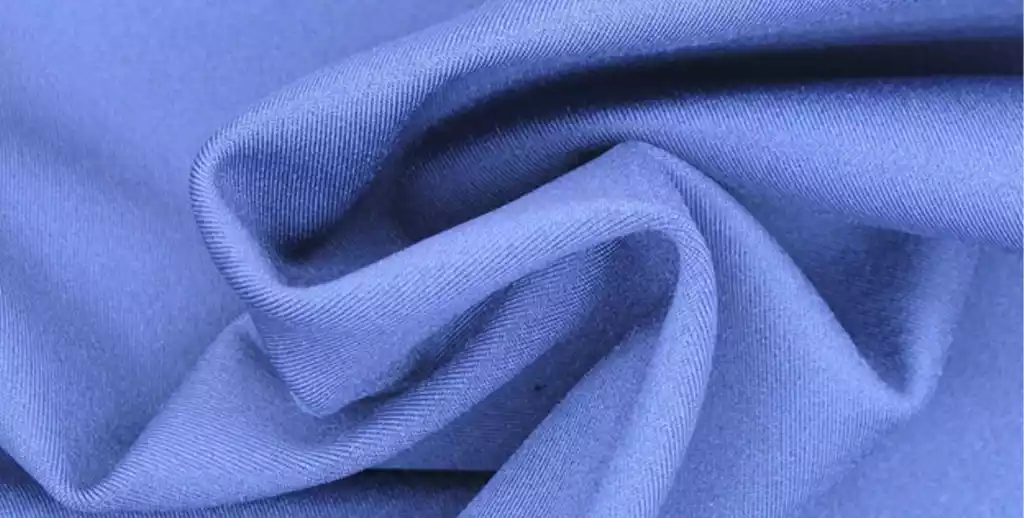
Satin: Characterized by a soft, lustrous surface on one side and a duller surface on the other, satin is created through a satin weave. Its elasticity, shine, and draping qualities make it a luxurious choice for clothing.

Silk: A natural fiber produced by silkworms, silk is revered for its shine, softness, and durability. Used in formal attire, accessories, bedding, and upholstery, silk adds a touch of luxury.

Spandex: Known as Lycra or elastane, spandex is a synthetic fiber valued for its extreme elasticity. Blended with other fibers, it adds stretch to a variety of garments.

Taffeta: A crisp, plain-woven fabric often made from silk, taffeta boasts a shiny appearance. Used for evening wear, home decor, and as a lining fabric, it varies in weight and sheerness.

Toile: Originally a specific linen printed with romantic patterns, toile now refers to the design aesthetic. Used in clothing, upholstery, and home decor, toile features pastoral scenes in a single color on unbleached fabric.

Twill: One of the three major textile weaves, twill features a diagonal rib pattern. Known for its durability, drape, and high thread count, it is used in denim, chinos, upholstery, and bed linens.

Velvet: A luxurious fabric with a dense pile of evenly cut fibers, velvet has a soft and shiny appearance. Ideal for evening wear and dresses, it is also used in home decor for upholstery, curtains, and pillows.

Viscose: A semi-synthetic rayon made from wood pulp, viscose serves as a silk substitute with a similar drape and smooth feel. Used in clothing and home items, it offers versatility at a lower cost.


